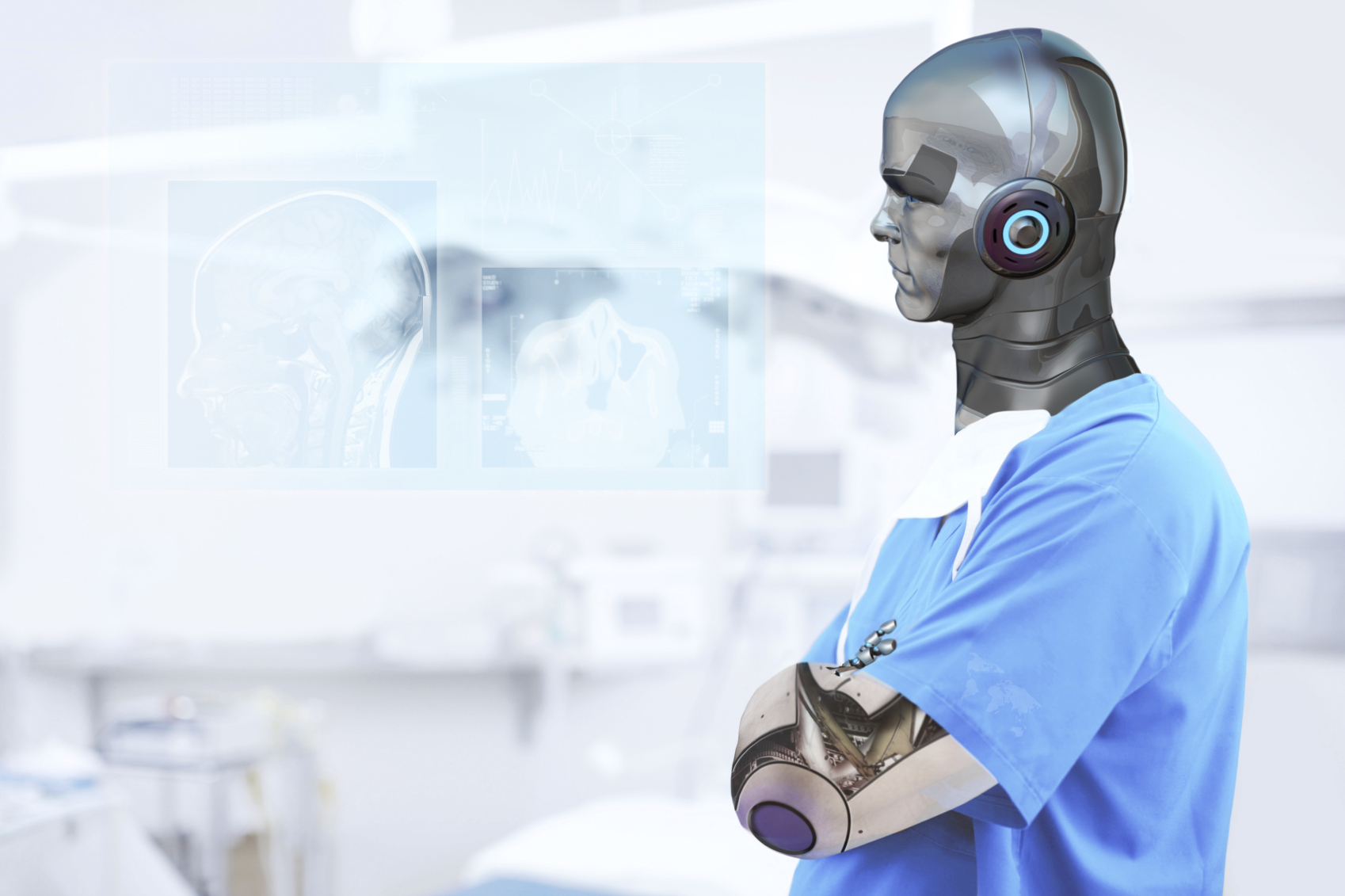
One of the big concerns about AI in healthcare is that increased automation will replace jobs for people while also “de-personalize” the delivery of healthcare.
But what if the exact opposite is more likely to happen, meaning AI actually “humanizes” healthcare?
That’s how Jeremy Corbett, Divisional Chief Health Officer for Envolve Health, a healthcare management services provider, views the potential impact of the new technologies. For one thing, he says, “with its innate ability to predict events, AI has the potential to connect patients to the right providers at the right time, reducing inefficiencies and boosting health and overall patient experience.”
After all, he points out, healthcare providers are stretched thin to an unprecedented degree, and “(m)achine learning, in particular, will give healthcare the breadth to reach more patients outside of traditional healthcare settings like clinics and hospitals, primarily through the use of remote patient monitoring (RPM).”
Corbett points to three primary ways by which providers could tap AI to “use data to make processes quicker and more accurate, with an understanding of how to provide patients with a truly curated experience.”
First, he says, AI can help hone a provider’s capacity for patient scheduling. Specifically, “(p)redictive analytics makes it possible to turn patient data into a clear map of activity. Lab tests can inform scheduling intuitively, better integrating both preventative and emergency care into a patient’s life. Ultimately, it makes healthcare more manageable, more predictable, and more personal.”
Next, providers can use AI to improve patient relationships. For example, “using data to identify high-risk homes and high-risk times, healthcare representatives can connect with patients before they’ve even identified a problem. Having and using data for high-risk is getting ahead of potential low engagement and forging a much-needed trusted relationship.”
Finally, there’s the emerging reality of the so-called “Internet of Medical Things.” As Corbett sees that playing out, “ Devices will play a crucial role in AI’s healthcare integration activity. . . . These connected devices have the power to lower per-patient costs and identify pathology faster than ever.”
The bottom line for Corbett is that technologies AI and machine learning “are here to stay. They have become a critical frontier in advancing the goals of healthcare leaders. How this tech is imagined and introduced will determine how we meet the increasing challenges of our aging population.”
People always want the most personal care possible, and the irony is it could be greater automation through better use of AI that makes it happen.


